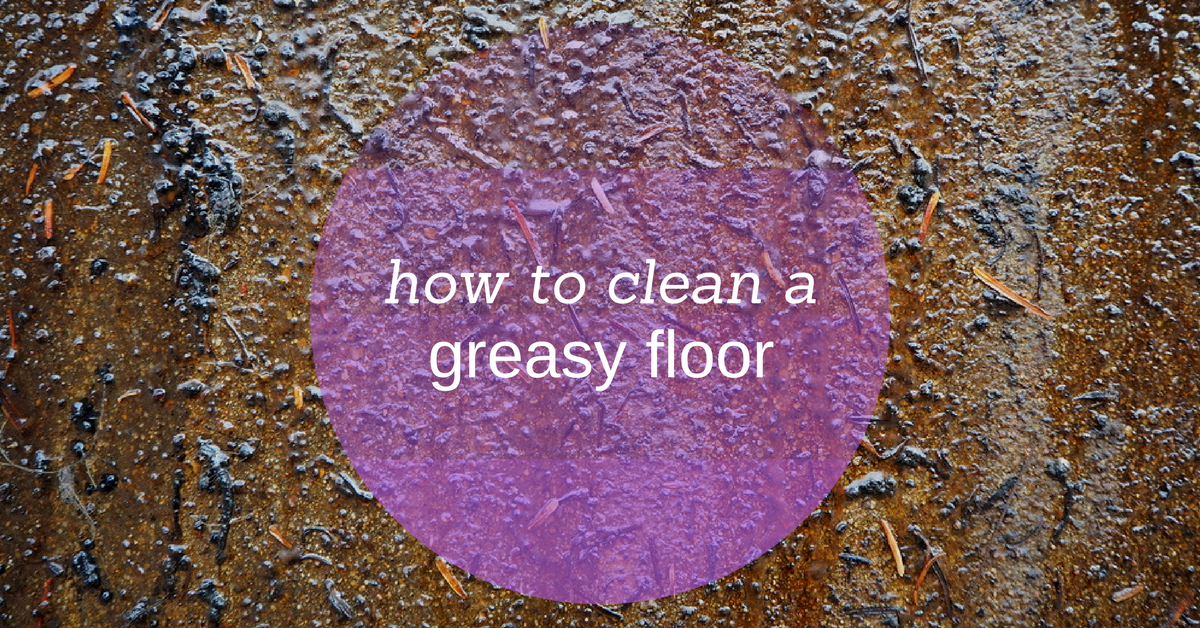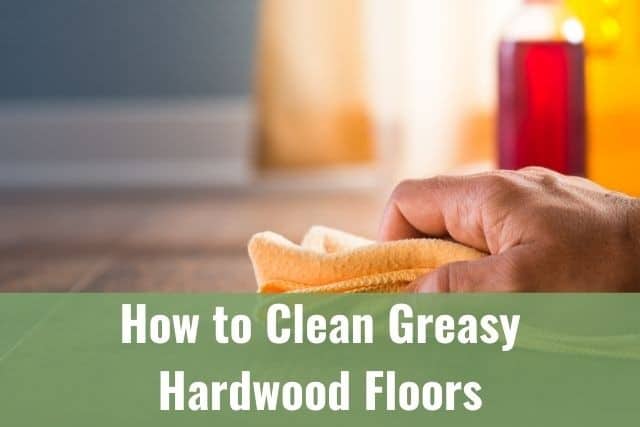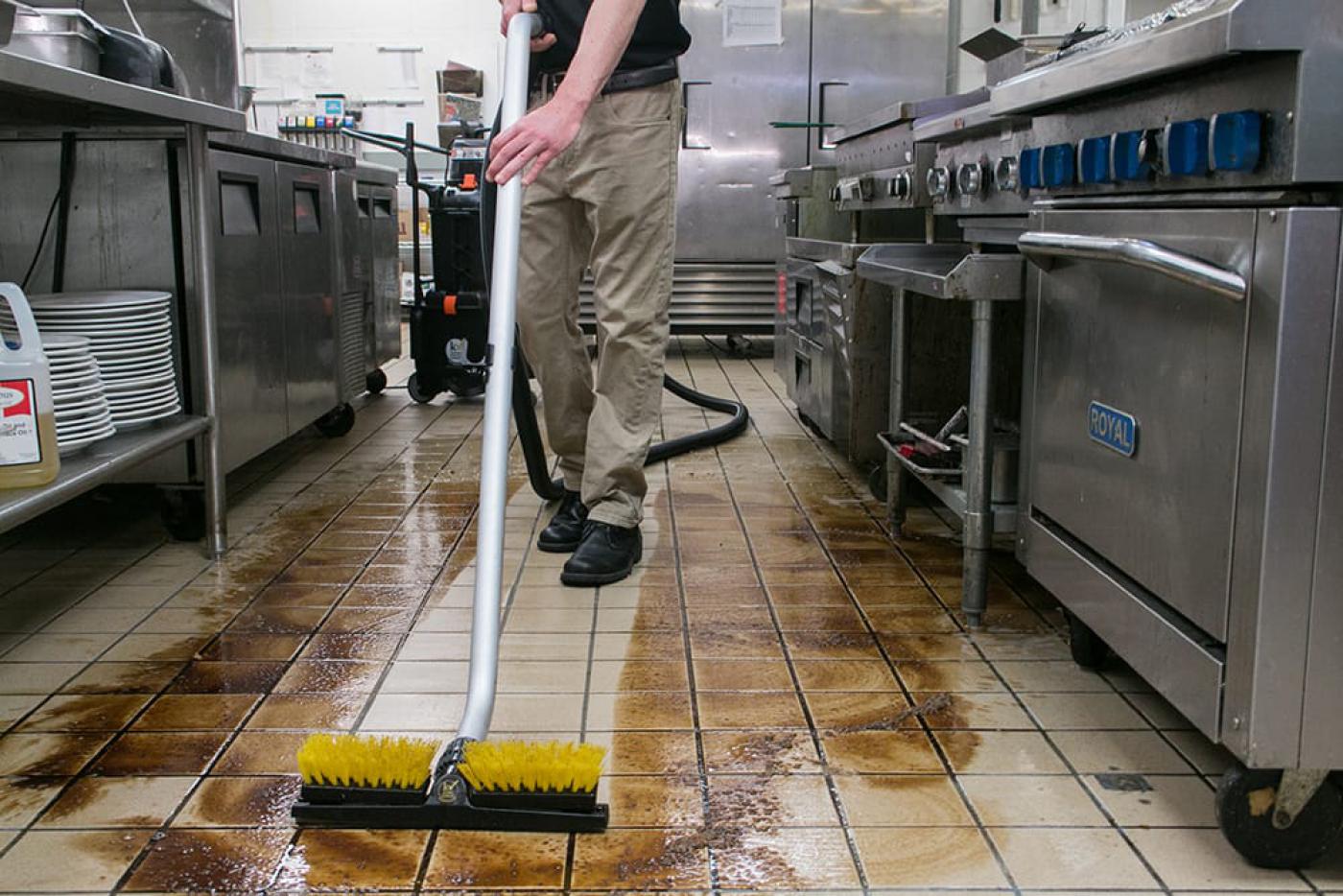The Culprits: Identifying Grease Buildup
Grease buildup on kitchen floors is a common issue faced by many homeowners. Identifying the culprits behind the grease buildup is the first step in effectively tackling this problem. Here are some common sources of grease in the kitchen:
- Cooking Oils: Cooking oils such as olive oil, vegetable oil, and canola oil are frequently used in food preparation and cooking. Over time, splatters and spills of these oils can accumulate on kitchen floors, creating a greasy film that attracts dirt and grime.
- Food Residue: Food particles and residues left behind from cooking and meal preparation can contribute to grease buildup on kitchen floors. Ingredients such as butter, cheese, and sauces can leave behind oily residues that adhere to the floor surface, especially in high-traffic areas around the stove and countertops.
- Kitchen Appliances: Kitchen appliances such as stovetops, ovens, and deep fryers are common sources of grease in the kitchen. Splatters and spills from cooking can occur during the use of these appliances, leading to grease buildup on surrounding floor surfaces.
- Airborne Grease: During cooking, airborne grease particles can settle onto nearby surfaces, including kitchen floors. This airborne grease can combine with other sources of grease buildup, such as cooking oils and food residues, to create a sticky and difficult-to-remove film on the floor.
- Improper Cleaning: Inadequate or infrequent cleaning of kitchen floors can exacerbate grease buildup over time. Failure to remove grease and grime regularly allows it to accumulate and become more stubborn and challenging to clean.

Preparing Your Kitchen Floor for Cleaning
Before tackling grease buildup on your kitchen floor, it’s essential to properly prepare the surface for cleaning to ensure optimal results. Here are some steps to prepare your kitchen floor for cleaning:
Remove Surface Debris: Start by sweeping or vacuuming the kitchen floor to remove any loose dirt, crumbs, or debris. Pay attention to corners, edges, and other hard-to-reach areas where grease buildup may be more concentrated.
Spot Treat Stubborn Stains: Inspect the floor for any stubborn grease stains or spots and pre-treat them with a grease-fighting cleaner or stain remover. Allow the cleaner to penetrate the stains for a few minutes before proceeding with the cleaning process.
Protect Surrounding Surfaces: To prevent damage to surrounding surfaces such as cabinets, countertops, and appliances, consider covering them with plastic sheeting or towels to catch any splatters or drips during the cleaning process.
Ventilate the Area: Proper ventilation is essential when cleaning kitchen floors, especially if using commercial cleaners or chemical-based solutions. Open windows and doors to allow fresh air to circulate and dissipate any fumes or odors from the cleaning products.
Gather Cleaning Supplies: Gather all the necessary cleaning supplies and equipment before starting the cleaning process. This may include a mop, bucket, scrub brush, cleaning solution, and protective gloves.
Read Product Instructions: If using commercial cleaning products or chemical-based cleaners, read the manufacturer’s instructions and safety guidelines carefully before use. Follow the recommended dilution ratios and application methods to ensure safe and effective cleaning results.
Effective Cleaning Methods for Greasy Kitchen Floors
Cleaning greasy kitchen floors requires a combination of effective techniques and the right cleaning products to remove stubborn grease buildup effectively. Here are some tried-and-tested cleaning methods for greasy kitchen floors:
Hot Water and Dish Soap: Start by filling a bucket with hot water and adding a few squirts of dish soap. Dip a mop into the soapy water, wring out excess moisture, and use it to mop the kitchen floor thoroughly. The hot water helps to loosen grease and grime, while the dish soap helps to break down and dissolve stubborn stains.
Vinegar and Water Solution: Mix equal parts white vinegar and water in a spray bottle and spray the solution onto the greasy areas of the kitchen floor. Let the vinegar solution sit for a few minutes to penetrate the grease, then scrub the floor with a brush or scrubbing pad. Rinse the floor with clean water and dry it thoroughly with a mop or towel.
Baking Soda Paste: Create a paste by mixing baking soda with water until it forms a thick, spreadable consistency. Apply the baking soda paste to greasy areas of the kitchen floor and let it sit for 10-15 minutes to absorb the grease. Scrub the floor with a brush or scrubbing pad, then rinse with clean water and dry with a mop or towel.
Commercial Degreasers: Commercial degreasers are specially formulated to cut through tough grease and grime on kitchen floors. Follow the manufacturer’s instructions for dilution ratios and application methods, and use protective gloves and goggles when handling these products.
Steam Cleaning: Steam cleaning is an effective method for deep cleaning and sanitizing greasy kitchen floors without the need for chemical cleaners. Use a steam mop or steam cleaner to apply high-temperature steam to the floor surface, which helps to loosen and dissolve grease and grime. Wipe away loosened dirt and debris with a microfiber cloth or mop.
Regular Maintenance: To prevent grease buildup from accumulating on kitchen floors, incorporate regular maintenance into your cleaning routine. Sweep or vacuum the floor daily to remove loose dirt and debris, and mop the floor weekly with a mild cleaning solution to keep it clean and grease-free.
Natural and Eco-Friendly Cleaning Solutions
Cleaning greasy kitchen floors doesn’t have to involve harsh chemicals or toxic cleaners. There are plenty of natural and eco-friendly cleaning solutions that are effective at removing grease buildup without compromising your health or the environment. Here are some natural cleaning solutions for greasy kitchen floors:
White Vinegar: White vinegar is a natural degreaser and disinfectant that can effectively cut through grease and grime on kitchen floors. Mix equal parts white vinegar and water in a spray bottle and spray the solution onto greasy areas of the floor. Let it sit for a few minutes, then scrub the floor with a brush or scrubbing pad. Rinse with clean water and dry thoroughly.
Baking Soda: Baking soda is an excellent abrasive cleaner that can help lift and remove stubborn grease stains from kitchen floors. Sprinkle baking soda directly onto greasy areas of the floor, then spray with white vinegar to create a foaming reaction. Scrub the floor with a brush or scrubbing pad, then rinse with clean water and dry thoroughly.
Lemon Juice: Lemon juice is a natural degreaser and deodorizer that can help cut through grease and leave your kitchen floor smelling fresh. Mix equal parts lemon juice and water in a spray bottle and spray the solution onto greasy areas of the floor. Let it sit for a few minutes, then scrub the floor with a brush or scrubbing pad. Rinse with clean water and dry thoroughly.
Castile Soap: Castile soap is a natural and biodegradable soap made from plant-based oils that can effectively clean greasy kitchen floors. Mix a few squirts of castile soap with hot water in a bucket and use it to mop the floor thoroughly. The gentle yet effective cleaning action of castile soap helps to remove grease and grime without leaving behind any harmful residues.
Cornstarch: Cornstarch is a natural absorbent that can help soak up excess grease and oil from kitchen floors. Sprinkle cornstarch directly onto greasy areas of the floor and let it sit for 10-15 minutes to absorb the grease. Sweep or vacuum up the cornstarch, then mop the floor with a mild cleaning solution to remove any remaining residue.
Essential Oils: Essential oils such as tea tree oil, lavender oil, or peppermint oil not only add a pleasant scent to your homemade cleaning solutions but also have natural antibacterial and antimicrobial properties that can help disinfect and deodorize greasy kitchen floors.
Tips for Maintaining a Grease-Free Kitchen Floor
Maintaining a grease-free kitchen floor requires regular upkeep and preventive measures to prevent grease buildup from accumulating over time. Here are some tips for maintaining a grease-free kitchen floor:
Clean Spills Promptly: Spills and splatters should be cleaned up promptly to prevent them from settling and hardening on the floor surface. Keep a clean cloth or paper towel handy to wipe up spills as soon as they occur.
Use Mats or Rugs: Place mats or rugs in high-traffic areas of the kitchen, such as in front of the stove or sink, to catch grease and dirt before it reaches the floor. Mats with non-skid backing are ideal for preventing slips and falls.
Regular Sweeping or Vacuuming: Incorporate regular sweeping or vacuuming into your cleaning routine to remove loose dirt, crumbs, and debris from the floor surface. This helps prevent grease buildup from accumulating and becoming more challenging to clean.
Weekly Mopping: Mop the kitchen floor at least once a week with a mild cleaning solution to remove grease and grime and keep the floor looking clean and fresh. Use a mop with a microfiber or sponge head for optimal cleaning results.
Avoid Harsh Chemicals: Avoid using harsh chemical cleaners or abrasive cleaning products on your kitchen floor, as they can damage the surface and strip away protective finishes. Stick to gentle, non-abrasive cleaners that are safe for use on your flooring material.
Regular Maintenance: Perform regular maintenance tasks such as sealing grout lines, repairing cracks or damaged tiles, and reapplying protective coatings as needed to keep your kitchen floor in top condition and prevent grease buildup from occurring.
Troubleshooting Stubborn Grease Stains
Despite your best efforts, you may encounter stubborn grease stains on your kitchen floor that are challenging to remove. However, with the right techniques and products, you can effectively troubleshoot and tackle even the toughest grease stains. Here’s how to deal with stubborn grease stains on your kitchen floor:
Hot Water and Steam: Start by mopping the affected area with hot water to soften the grease and make it easier to remove. Alternatively, use a steam cleaner to apply high-temperature steam directly to the stain, which helps to loosen and dissolve the grease.
Vinegar Solution: Create a solution of equal parts white vinegar and water and apply it directly to the grease stain. Let the vinegar solution sit for a few minutes to penetrate the grease, then scrub the stain with a brush or scrubbing pad. Rinse with clean water and dry thoroughly.
Baking Soda Paste: Make a paste by mixing baking soda with water until it forms a thick, spreadable consistency. Apply the baking soda paste to the grease stain and let it sit for 10-15 minutes to absorb the grease. Scrub the stain with a brush or scrubbing pad, then rinse with clean water and dry thoroughly.
Commercial Degreaser: If the grease stain is particularly stubborn, consider using a commercial degreaser specifically formulated for use on kitchen floors. Follow the manufacturer’s instructions for application and safety guidelines, and use protective gloves and goggles when handling these products.
Repeat Treatment: For persistent grease stains, you may need to repeat the treatment process multiple times until the stain is fully removed. Be patient and persistent, and continue treating the stain until it is no longer visible.
Professional Cleaning: If all else fails, consider hiring a professional cleaning service to tackle stubborn grease stains on your kitchen floor. Professional cleaners have the expertise, equipment, and specialized cleaning products necessary to effectively remove even the toughest stains.
How to Clean Greasy Floors Carpet Rentals, Inc.
How To Make A Simple Floor Cleaner That Cuts The Grease!
How to Clean Greasy Hardwood Floors – Ready To DIY
Best Products to Remove Grease from Restaurant Floors – Kaivac, Inc.
Tips for How to Remove Grease and Hazardous Spill in Floors
How to Clean a Greasy Restaurant Kitchen Floor Step by Step
Related Posts:










